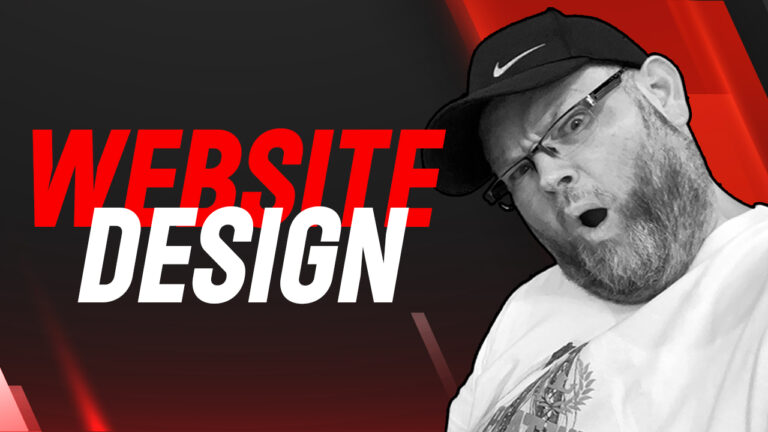
In the vast digital landscape, where a website serves as a storefront, an interface, and often the first point of contact between a business and its audience, the art of web design reigns supreme. Behind every aesthetically pleasing layout and seamless user experience lies a meticulously crafted process that transforms abstract concepts into tangible digital realities. Welcome to the realm where creativity meets functionality, where user needs intertwine with technological possibilities – welcome to the world of web design. In this journey from concept to creation, designers wield a potent blend of technical prowess and artistic flair. Every pixel, every line of code, is strategically placed to serve a purpose – to captivate, to inform, to engage. Join us as we delve deep into the intricate web design process, exploring each phase from inception to implementation. Let’s unravel the mysteries behind crafting compelling online experiences that leave a lasting impression on visitors and drive business success.
Laying the Foundation: The Importance of Research in Web Design
In the vast landscape of web design, where creativity meets functionality, one crucial aspect often sets the stage for success: research. Behind every visually stunning website lies a foundation built upon thorough understanding and analysis. From identifying target audiences to studying market trends, research is the cornerstone upon which effective web design is crafted. Join us as we delve into the significance of research in the web design process and explore how it shapes digital experiences.
Defining Objectives
Before diving into design concepts and layouts, it’s essential to define clear objectives for the website. Research helps uncover the purpose of the site, whether it’s to showcase products, provide information, or drive conversions. By understanding these objectives, designers can tailor their approach to meet the specific needs and goals of the project.
Understanding the Audience
One of the key benefits of research in web design is gaining insight into the target audience. Through surveys, interviews, and data analysis, designers can uncover valuable information about user demographics, preferences, and behavior. This understanding enables them to create user-centric designs that resonate with the intended audience.
Analyzing Competitors
Competitor analysis is another crucial aspect of research in web design. By studying competitors’ websites, designers can identify industry trends, assess strengths and weaknesses, and uncover opportunities for differentiation. This analysis informs design decisions and helps ensure that the final product stands out in the crowded online landscape.
Conducting Content Research
Content is king in the world of web design, and thorough content research is essential for creating engaging and informative websites. Researching relevant topics, keywords, and messaging helps designers develop content that not only captures attention but also aligns with the brand’s voice and objectives.
Exploring Design Trends
Web design is a constantly evolving field, with new trends and technologies emerging regularly. Researching design trends and best practices allows designers to stay ahead of the curve and create visually compelling websites that resonate with modern audiences. From color schemes to typography choices, staying informed about current trends ensures that designs feel fresh and relevant.
Testing, Testing: The Importance of Quality Assurance in Web Design
In the intricate world of web design, where every pixel and line of code contributes to the user experience, ensuring quality is paramount. Enter quality assurance (QA) testing, the meticulous process of evaluating websites to guarantee functionality, usability, and performance across various devices and browsers. From identifying bugs to optimizing user interfaces, QA testing plays a pivotal role in delivering seamless digital experiences. Join us as we explore the importance of QA in web design and uncover the key practices that ensure the highest standards of quality.
Comprehensive Functionality Testing
At the heart of QA testing lies the rigorous examination of website functionality. QA testers meticulously navigate through each feature, form, and interactive element to ensure they perform as intended. From validating form submissions to testing navigation menus, comprehensive functionality testing identifies and addresses any issues that may hinder user interaction and experience.
Cross-Browser and Cross-Device Compatibility
In today’s multi-device landscape, ensuring cross-browser and cross-device compatibility is crucial for reaching and engaging diverse audiences. QA testing involves running the website on various browsers and devices to detect any discrepancies in rendering, layout, or functionality. By addressing compatibility issues early on, designers can deliver a consistent and seamless experience across all platforms.
Usability and User Experience Evaluation
Beyond mere functionality, QA testing also focuses on assessing the usability and user experience of the website. Testers simulate real-world scenarios and user interactions to identify any obstacles or pain points that may impede navigation or task completion. By prioritizing usability testing, designers can refine user interfaces and streamline workflows to enhance overall user satisfaction.
Performance Optimization and Load Testing
In an age where speed is paramount, performance optimization is a critical aspect of QA testing. Testers analyze website performance metrics, such as page load times and server response times, to identify areas for improvement. Load testing, which simulates heavy traffic scenarios, helps ensure that the website can handle high volumes of concurrent users without compromising performance or stability.
Accessibility Compliance Testing
Accessibility is not just a moral imperative; it’s a legal requirement for websites to be inclusive and accessible to users of all abilities. QA testing includes evaluating the website for compliance with accessibility standards such as the Web Content Accessibility Guidelines (WCAG). By addressing accessibility issues during testing, designers can ensure that the website is usable and enjoyable for everyone, regardless of disabilities.
Launching Your Masterpiece: The Final Steps of the Web Design Process
After meticulous planning, creative design, and rigorous testing, the moment has finally arrived to unveil your masterpiece to the world. The final steps of the web design process are critical in ensuring a smooth and successful launch. From deployment to ongoing maintenance, every detail matters as you prepare to share your creation with your audience. Let’s explore the important key points of the final steps in the web design process. Source : privateview18.com
- Deployment and Hosting Setup: Once your website is ready, it’s time to deploy it to a web server and set up hosting. Choose a reliable hosting provider and configure the server environment to ensure optimal performance and security for your website.
- Domain Name Configuration: Configure your domain name to point to the newly deployed website. Ensure that DNS settings are correctly configured to direct visitors to the correct IP address.
- Final Content Review: Before launch, conduct a final review of all content to ensure accuracy, consistency, and relevancy. Check for any last-minute updates or changes that need to be made before the website goes live.
- SEO Optimization: Optimize your website for search engines by implementing SEO best practices. This includes optimizing meta tags, image alt attributes, and ensuring proper keyword usage throughout the content.
Conclusion
Understanding the web design process is crucial for businesses aiming to establish a strong online presence. From the initial concept to the final creation, each stage plays a vital role in crafting a website that not only attracts but also engages visitors effectively. By following the steps outlined in this blog, businesses can navigate through the intricacies of web design with confidence, ensuring the development of a site that aligns perfectly with their brand identity and goals.
For further inquiries or assistance in your web design journey, don’t hesitate to reach out to Rank Fortress. With our expertise and dedication to excellence, we’re committed to helping businesses thrive in the digital landscape. Contact us today at (904) 770-5783 to discuss your project requirements and take the first step towards a standout online presence.

